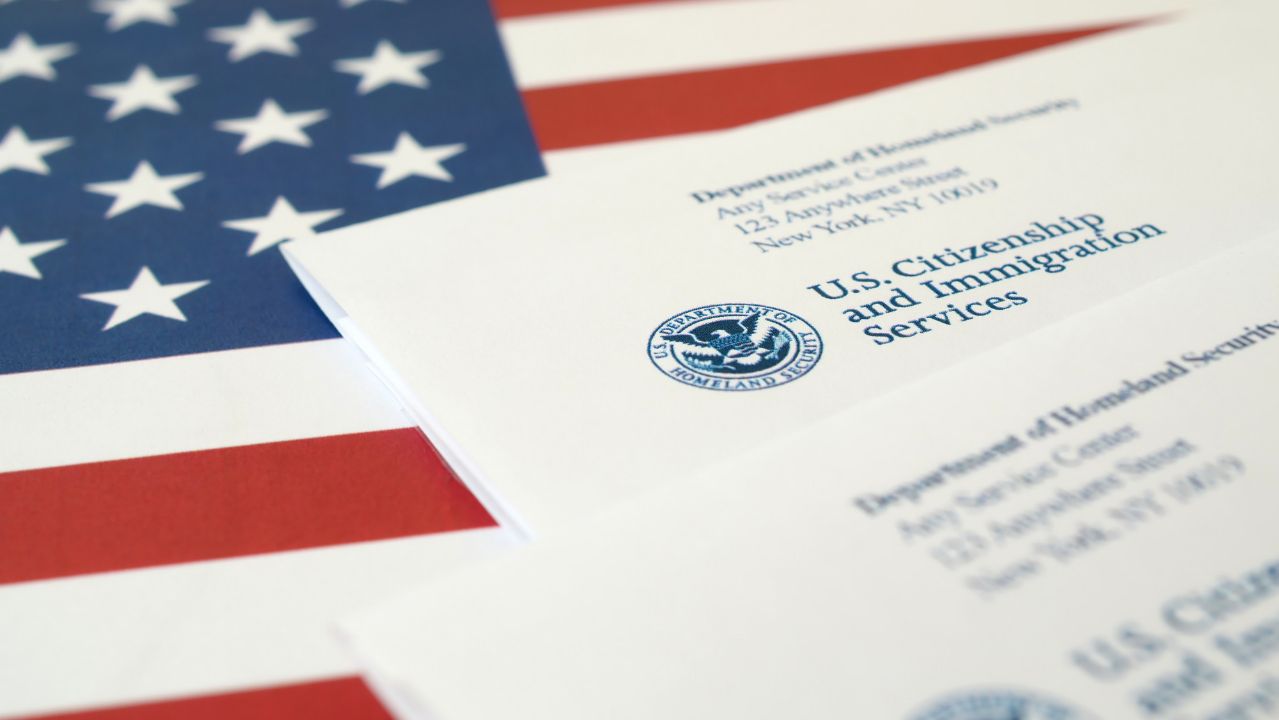
Comprehensive Overview of US Immigration Laws
The United States has long been a land of opportunity, attracting individuals from all corners of the globe who seek to build a better life for themselves and their families. However, entering the United States legally requires navigating a complex web of immigration laws and regulations.
In this article, we will provide you with a comprehensive overview of the US immigration laws, shedding light on key concepts and processes. One fundamental principle of US immigration law is that it seeks to protect the interests of American citizens while also providing a fair and efficient system for foreign nationals to enter and remain in the country.
Key Takeaway
The overarching goal of US Immigration Laws is to maintain national security, promote economic growth, reunite families, and offer refuge to those fleeing persecution or facing humanitarian crises. The US immigration system is primarily based on a combination of family-sponsored immigration, employment-based immigration, and humanitarian relief.
IN THIS ARTICLE
Family-Sponsored Immigration
Family unification is a cornerstone of US immigration Law. US citizens and lawful permanent residents (green card holders) can sponsor certain family members for immigration. Immediate relatives, including spouses, parents, and unmarried children under 21 years old, are given top priority.
Other close relatives, such as married children, siblings, and adult children, may also be eligible, but the process may involve longer waiting periods.
Immediate Relatives
- Spouses of US citizens
- Unmarried minor children of US citizens (under 21 years old)
- Parents of US citizens (petitioner must be at least 21 years old to petition for a parent)
Family Preference System
- Adult children (married and unmarried) and brothers and sisters of US citizens (petitioner must be at least 21 years old to petition for a sibling)
- Spouses and unmarried children (minor and adult) of lawful permanent residents
Employment-Based Immigration
The US welcomes foreign workers with exceptional skills, talents, or educational backgrounds that are deemed beneficial to the country’s economy. Employment-based immigration encompasses various visa categories, such as the H-1B visa for specialized workers, the L-1 visa for intracompany transfers, and the EB-5 visa for investors. Each category has its own eligibility requirements and application procedures.
“Contact an Immigration attorney for proper guidance about the regulations and requirements for immigration in the U.S.”
Employment-Based Preference System
- "Persons of extraordinary ability" in the arts, science, education, business, or athletics; outstanding professors and researchers, multinational executives and managers
- Members of the professions holding advanced degrees, or persons of exceptional abilities in the arts, science, or business
- Skilled workers with at least two years of training or experience, professionals with college degrees, or "other" workers for unskilled labor that is not temporary or seasonal
- Certain "special immigrants" including religious workers, employees of US foreign service posts, former US government employees and other classes of aliens
- Persons who will invest 1 million in a job-creating enterprise that employs at least 10 full-time US workers (investment amounts increased to 1.8 million for petitions filed on or after 11/21/2019, with future increases at specified intervals)
Humanitarian Relief
The US immigration system recognizes the importance of providing refuge and protection to individuals facing persecution, violence, or other dire circumstances in their home countries, therefore there are US Immigration Laws that apply to their circumstances.
Refugees, asylum seekers, and individuals granted Temporary Protected Status (TPS) fall under this category.
They must demonstrate a well-founded fear of persecution based on factors such as race, religion, nationality, political opinion, or membership in a particular social group.

Refugees
Refugees are admitted to the United States based upon an inability to return to their home countries because of a “well-founded fear of persecution” due to their race, membership in a particular social group, political opinion, religion, or national origin. The president, in consultation with Congress, determines the numerical ceiling for refugee admissions each year.
Asylum Seekers
According to US Immigration Laws, asylum is available to persons already in the United States who are seeking protection based on the same five protected grounds upon which refugees rely. They may apply at a port of entry at the time they seek admission or within one year of arriving in the United States.
Temporary Protected Status (TPS)
TPS is granted to people who are in the United States but cannot return to their home country because of “natural disaster,” “extraordinary temporary conditions,” or “ongoing armed conflict.”
Other Forms of Humanitarian Relief
- Deferred Enforced Departure (DED)
- Deferred Action for Childhood Arrivals (D.A.C.A.)
- Humanitarian parole
Per-Country Ceilings
In addition to the numerical limits placed on the various immigration preference categories, the INA also places a limit on how many immigrants can come to the United States from any one country.
Currently, no group of permanent immigrants (family-based and employment-based combined) from a single country can exceed seven percent (7%) of the total number of people immigrating to the United States in a single fiscal year.
The Diversity Visa Program
The Diversity Visa Program was created by the Immigration Act of 1990 as a dedicated channel for immigrants from countries with low rates of immigration to the United States.
Each year, 55,000 visas are allocated randomly through a computer-generated lottery to nationals from countries that have sent fewer than 50,000 immigrants to the United States in the previous five years.
U.S. Citizenship
In order to qualify for U.S. citizenship through naturalization, an individual must have had LPR status (a green card) for at least five years (or three years if he or she obtained the green card through a U.S.-citizen spouse or through the Violence Against Women Act, VAWA).
Applicants for U.S. citizenship must be at least 18 years old, demonstrate continuous residency, demonstrate “good moral character,” pass English and U.S. history and civics exams (with certain exceptions), and pay an application fee, among other requirements.
Navigating the complexities of the US immigration laws can be a daunting task; however, with the right legal counsel and resources, you can successfully embark on your journey to the United States. Contact us today for a free consultation in English or Spanish.
Also, stay tuned for our upcoming articles, where we will dive deeper into specific aspects of US immigration law, offering guidance on visa applications, green card processes, and more.

